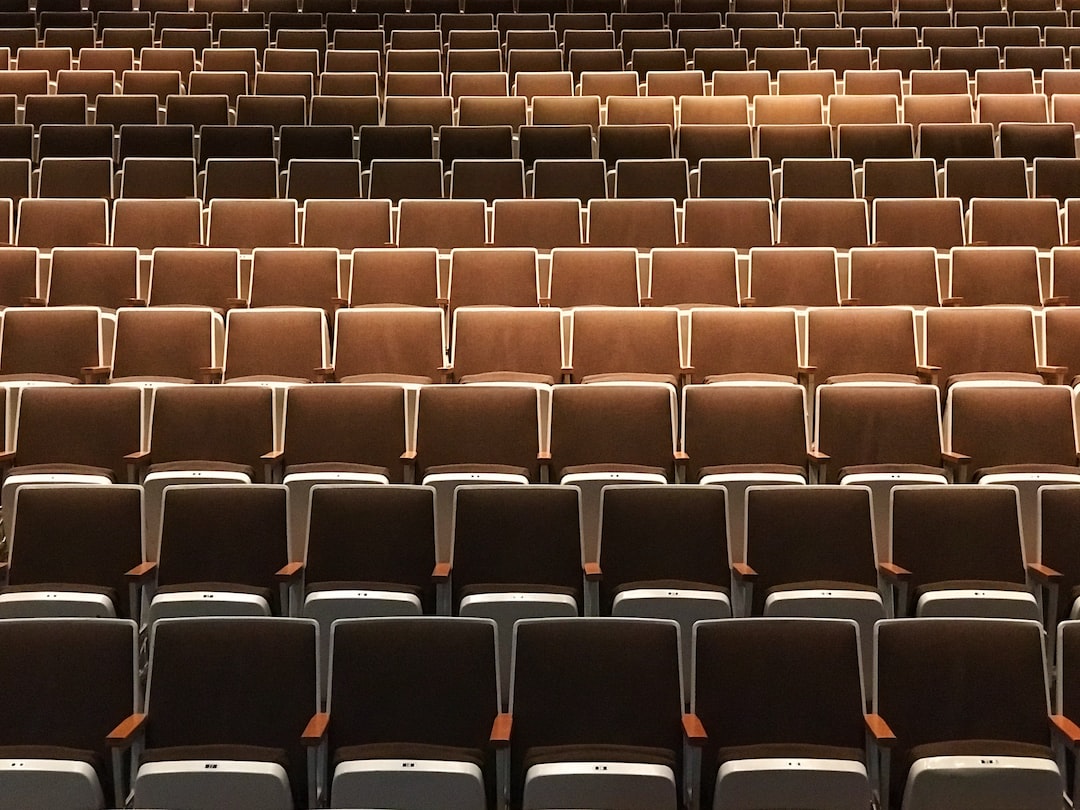Exploring the Captivating World of Abstract Art
Art has the incredible ability to evoke emotions and transport us to different dimensions. While realism captures the essence of life’s everyday details, abstract art takes us on a different journey altogether. Abstract art is a captivating realm that pushes boundaries and challenges conventional visual representation. In this blog post, we will dive into the captivating world of abstract art, exploring its history, techniques, and the impact it has had on the art world.
Abstract art emerged in the early 20th century as a response to the rise of industrialization and the increasing disillusionment with traditional artistic conventions. Artists began to break away from representational art and shifted their focus towards expressing emotions, concepts, and ideas through non-representational forms. The pioneers of abstract art, such as Wassily Kandinsky and Kazimir Malevich, sought to explore the innate power of colors, shapes, and lines to create a visual language that spoke directly to the viewer’s soul.
One of the most intriguing aspects of abstract art is its freedom from objective reality. Instead of depicting recognizable subjects, abstract artists delve into their imaginations and inner worlds, creating compositions that are open to interpretation. This ambiguity invites viewers to bring their own experiences and emotions to the artwork, engaging in a deeply personal dialogue with the artist.
Abstract art comes in a myriad of forms, with various techniques employed to create unique visual experiences. Artists may use techniques such as gestural brushwork, geometric abstraction, or even experimental methods like pouring or dripping paint onto the canvas. These techniques create dynamic compositions that explore the interplay between color, form, and texture.
One influential movement within abstract art is Abstract Expressionism, which emerged in post-World War II America. Artists such as Jackson Pollock and Mark Rothko used large-scale canvases to express their emotions through spontaneous brushstrokes and powerful color arrangements. The energy and raw emotion conveyed through their works continue to mesmerize audiences to this day.
Another fascinating facet of abstract art is its ability to blur the line between art and science. Artists like Piet Mondrian were greatly influenced by mathematical principles, seeking to create a sense of balance and harmony through precise geometric compositions. This intersection between art and science highlights the universal language that abstract art embodies, transcending cultural boundaries and appealing to our innate aesthetic sensibilities.
Abstract art has had a profound impact on the art world, challenging traditional art norms and inspiring new generations of artists. Its infectious freedom has encouraged artists to experiment and explore new artistic territories, leading to the emergence of various art movements and styles. From the colorful compositions of the Fauvists to the minimalistic approach of the Minimalists, abstract art has been a catalyst for pushing artistic boundaries.
Beyond its influence on the art world, abstract art has a therapeutic and transformative power. The emotional depth and ambiguity in abstract artworks provide viewers with a sense of liberation and introspection. Engaging with abstract art allows us to develop a deeper understanding of our own emotions and encourages us to explore our own creativity.
In conclusion, the captivating world of abstract art invites us to embark on a visual journey where imagination reigns supreme. Freed from the constraints of realism, abstract art challenges us to think differently and explore the unknown. Through its rich history, varied techniques, and lasting impact, abstract art continues to inspire, intrigue, and captivate audiences worldwide. It is a realm where colors, shapes, and textures converge to create a language that speaks directly to the soul. So, let us embrace the abstract, delve into its mysteries, and open ourselves to its transformative power.

